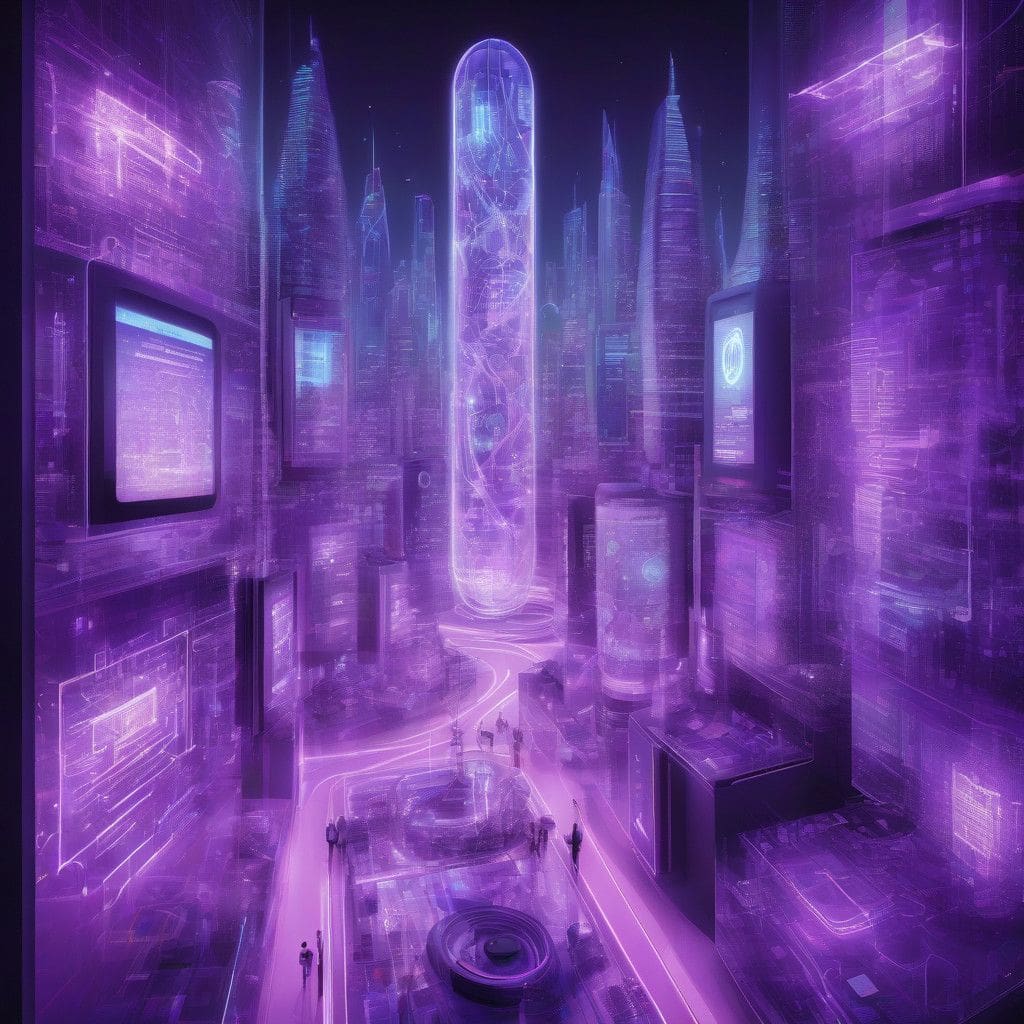Kioxia, the flash memory manufacturer formerly known as Toshiba Memory, is positioning itself for a significant shift in the semiconductor landscape. Anticipating a 2.7-fold increase in demand for flash memory by 2028, the company’s strategic decisions reflect an understanding of evolving market dynamics, particularly driven by the rise in artificial intelligence (AI) applications.
To meet this surge in demand, Kioxia has commenced plans to expand production capacity, notably with a new facility in Kitakami, Iwate Prefecture. Initially scheduled to begin operations last year, the facility’s launch has been pushed back to autumn 2025, a delay that reflects the complexities of modern supply chains and production challenges. This facility is expected to play a pivotal role in Kioxia’s strategy to harness the anticipated growth in both consumer electronics and data center infrastructure.
The ongoing demand for AI technologies necessitates significant advancements in server technology. Companies are increasingly investing in high-performance chips that can support these applications, which, in turn, is reviving interest in smartphones and personal computers. This resurgence is essential for semiconductor manufacturers like Kioxia, which have struggled in recent years due to market fluctuations and economic pressures.
Kioxia’s Executive Vice President, Tomoharu Watanabe, highlighted the critical nature of the new Kitakami factory in sustaining the company’s competitive edge. The Japanese government has recognized the strategic importance of this initiative as well, pledging up to $1.64 billion in subsidies to support Kioxia and its partner Western Digital in expanding capacity. This support underscores the government’s commitment to revitalizing Japan’s semiconductor industry, which has faced significant challenges in recent decades.
Despite the optimism surrounding Kioxia’s production plans, the company has encountered obstacles. Bain Capital, which manages Kioxia, recently halted plans for an initial public offering (IPO) due to investors’ concerns over the company’s valuation. This decision may reflect broader uncertainties in the market as well as specific challenges facing Kioxia itself, particularly as it transitions from the Toshiba Corporation’s legacy.
The company’s production facilities are significantly spread across Japan, with operations ongoing in Yokkaichi, Mie Prefecture, alongside the upcoming Kitakami facility. Kioxia has started sample shipments of its latest NAND flash memory, indicating that while it faces challenges, it continues to innovate and produce new products for its clients.
Moreover, Kioxia’s story is indicative of broader trends within the semiconductor industry. As demand for memory chips grows, particularly those meant for AI applications, companies must navigate a landscape characterized by rapid technological advancement and shifting consumer preferences. The transition to AI can both invigorate and disrupt traditional markets, necessitating flexible strategies that can adapt to changing demands.
In conclusion, Kioxia’s ambitious projections and strategic expansions reflect its commitment to meeting the expected surge in flash memory demand. By investing in new facilities and innovating within its product lines, Kioxia is not only positioning itself to thrive but also contributing to the revitalization of Japan’s semiconductor industry. As the market for flash memory evolves, stakeholders will undoubtedly be attentive to Kioxia’s progress and the implications for both consumers and businesses alike.











